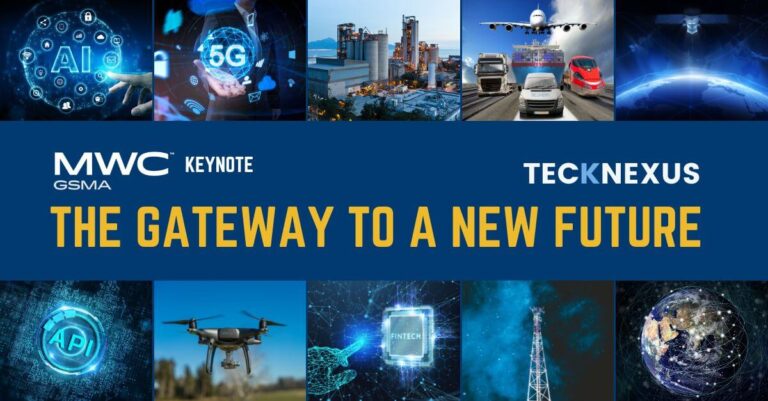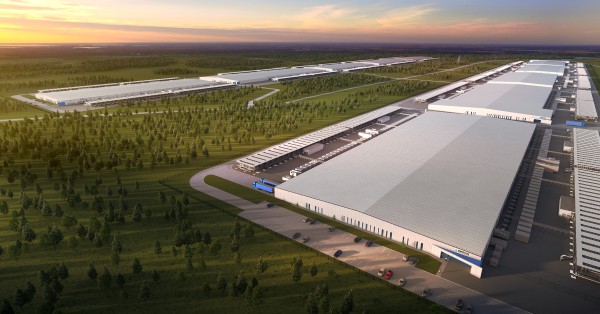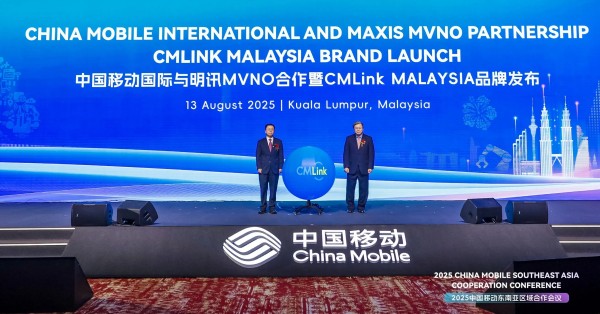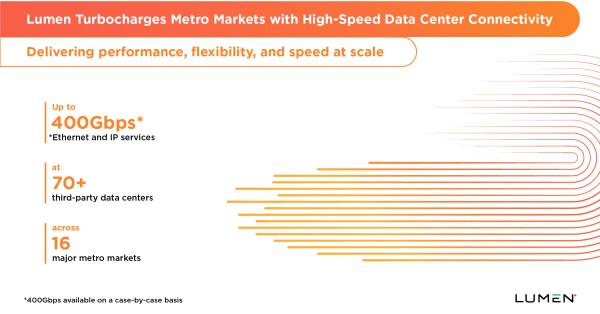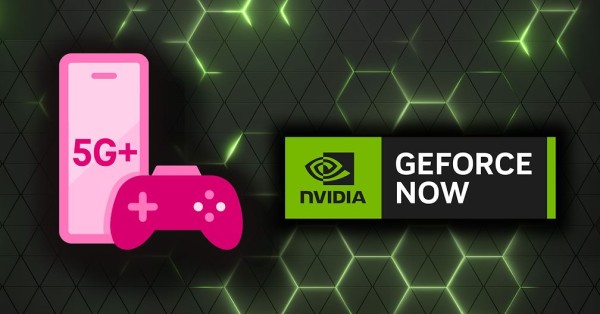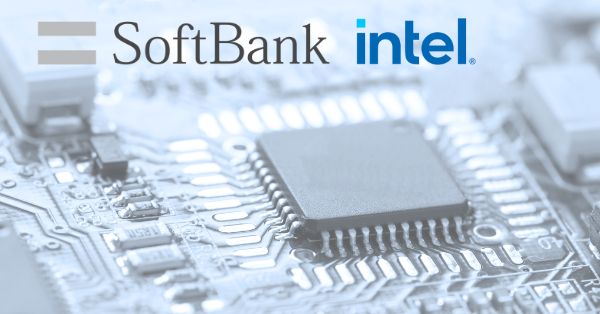The Gateway to a New Future – Open APIs & 5G Evolution
The digital landscape is undergoing a radical transformation, with connectivity serving as the foundation of modern society. As we approach 2025, 5G networks are projected to facilitate over 1.2 billion connections, empowering one-third of the global population and catalyzing the growth of a technology-driven economy. To fully unlock the potential of this evolution, global collaboration, strong governance, and a sustainable value chain are essential.
The GSMA Open Gateway initiative, a revolutionary framework for universal mobile network Application Programmable Interfaces (APIs), is at the forefront of this transformation. By uniting telecom operators, developers, and cloud providers under a single open ecosystem, Open Gateway is set to redefine the role of operators and accelerate innovation at an unprecedented scale.
The Role of Connectivity in a Digital-First Economy
Modern industries increasingly rely on connectivity to drive operations, innovation, and customer experiences. From healthcare and finance to entertainment and smart cities, seamless digital integration is becoming a necessity. The GSMA Open Gateway initiative aims to bridge the gap between telecom infrastructure and application development, enabling a more agile and responsive digital ecosystem.
Key to this evolution is the proliferation of 5G, which offers:
- Ultra-low latency for real-time applications.
- Massive device connectivity to support IoT expansion.
- Enhanced bandwidth for richer and more immersive experiences.
- Stronger security frameworks for data protection and privacy.
GSMA Open Gateway: Redefining the Telecom Landscape
The GSMA Open Gateway initiative introduces a common set of network APIs that provide universal access to operator networks for developers. This open API framework fosters an environment where cloud providers, enterprise developers, and mobile operators can collaborate efficiently to deliver next-generation digital services.
Key Benefits of GSMA Open Gateway
- Accelerated Innovation – Simplifies application development, enabling faster deployment of new technologies.
- Seamless Customer Experience – Reduces fragmentation, ensuring a consistent user experience across global networks.
- Enhanced Security and Trust – Strengthens authentication mechanisms and protects against digital fraud.
- Interoperability Across Networks – Standardized APIs provide a single access point to multiple telecom operators worldwide.
- Empowering Developers and Enterprises – Unlocks opportunities for application developers, content creators, and enterprises to scale solutions effortlessly.
Expanding the Open Gateway Ecosystem
The adoption of Open Gateway has led to a growing network of global supporters, including major telecom operators and technology firms. By standardizing API-driven connectivity, Open Gateway provides businesses with a seamless way to integrate telecom functionalities into their applications, reducing development time and costs while increasing accessibility.
Industries such as logistics, automotive, and fintech are particularly poised to benefit from this transformation. Smart supply chain management, connected vehicle networks, and secure financial transactions are just a few of the advancements enabled by Open Gateway.
Additionally, the initiative fosters a collaborative space for small-to-medium enterprises (SMEs) and startups, giving them access to enterprise-grade telecom capabilities that were previously reserved for large corporations. This democratization of telecom infrastructure is set to fuel the next wave of digital entrepreneurship.
The API Economy: Fueling Next-Gen Applications
At the heart of GSMA Open Gateway is its emphasis on API-driven innovation. By exposing mobile operators’ network capabilities through a unified, federated framework, the initiative empowers developers to build cutting-edge solutions across various industries. Some of the real-world applications powered by Open Gateway APIs include:
- Smart Video Surveillance – Enhancing public safety and monitoring capabilities.
- Seamless Authentication for Device Binding – Reducing friction in user verification processes.
- Account Takeover Protection – Strengthening cybersecurity by mitigating unauthorized access.
- Drone Flight Planning and Risk Assessment – Enabling automated aerial logistics and emergency response.
- Frictionless Identity Verification for Onboarding – Simplifying digital identity management for businesses.
- Smart City Infrastructure Management – Optimizing resource allocation, traffic flow, and energy consumption for urban development.
- Real-Time Emergency Response Coordination – Leveraging telecom APIs to enhance first responder efficiency during disasters.
The Future of 5G and Open Gateway’s Vision
With an estimated $300 billion market opportunity, Open Gateway is poised to drive the next wave of telecom innovation. The initiative is backed by leading mobile network operators, technology providers, and cloud platforms, ensuring widespread adoption and scalability.
Additionally, GSMA Open Gateway aligns with emerging technologies such as Edge Computing, AI-driven automation, and blockchain-powered transactions. By integrating these advancements into the API ecosystem, Open Gateway is set to enhance service delivery, reduce operational inefficiencies, and accelerate enterprise digital transformation.
Moreover, regulatory bodies and policymakers are increasingly recognizing the importance of API-driven standardization. Efforts to create unified global telecom policies and compliance frameworks are gaining traction, further reinforcing the role of Open Gateway as an industry-wide solution for secure, scalable, and interoperable connectivity.
MWC25 Barcelona: The Open Gateway Zone
The Mobile World Congress (MWC25) in Barcelona will serve as a pivotal stage for showcasing the power of Open Gateway. The Open Gateway Zone at MWC25 will feature:
- Live demonstrations of API-driven connectivity solutions.
- Discussions with industry leaders from major telecom operators and technology companies.
- Opportunities for developers to explore new API use cases and deployment strategies.
- Insights into GSMA Fusion, a collaborative initiative connecting enterprises with mobile network capabilities.
Participating exhibitors include major telecom operators such as Telefónica, Orange, Vodafone, and China Telecom, alongside industry-leading technology firms and innovation hubs. The event will also offer hands-on workshops and networking opportunities, providing attendees with valuable insights into the future of API-powered connectivity.
A New Era of Digital Transformation
The GSMA Open Gateway initiative marks the beginning of a new API-driven era in telecom. By fostering an open, interoperable, and collaborative ecosystem, it empowers developers and enterprises to leverage the full potential of 5G and beyond.
As the world transitions to a hyper-connected future, Open Gateway stands as the key to unlocking seamless, secure, and scalable digital services. With continued industry support and technological advancements, the initiative is set to redefine the global telecom landscape.
Join us at MWC25 Barcelona to witness firsthand how GSMA is shaping the next chapter of global connectivity.
MWC 2025 Keynote 1 – Session Speakers
Mats Granryd | GSMA, Director General
Vicki Brady | Telstra Group Limited, CEO & Managing Director
Sunil Bharti Mittal | Bharti Airtel Ltd, Chairman
Vivek Badrinath | GSMA, Director General Designate
Marc Murtra | Telefonica S.A, Chairman & CEO
Benedicte Schilbred Fasmer | Telenor Group, President & CEO



